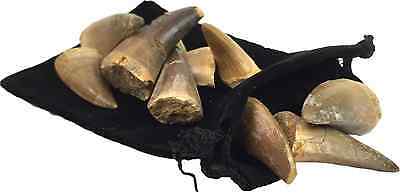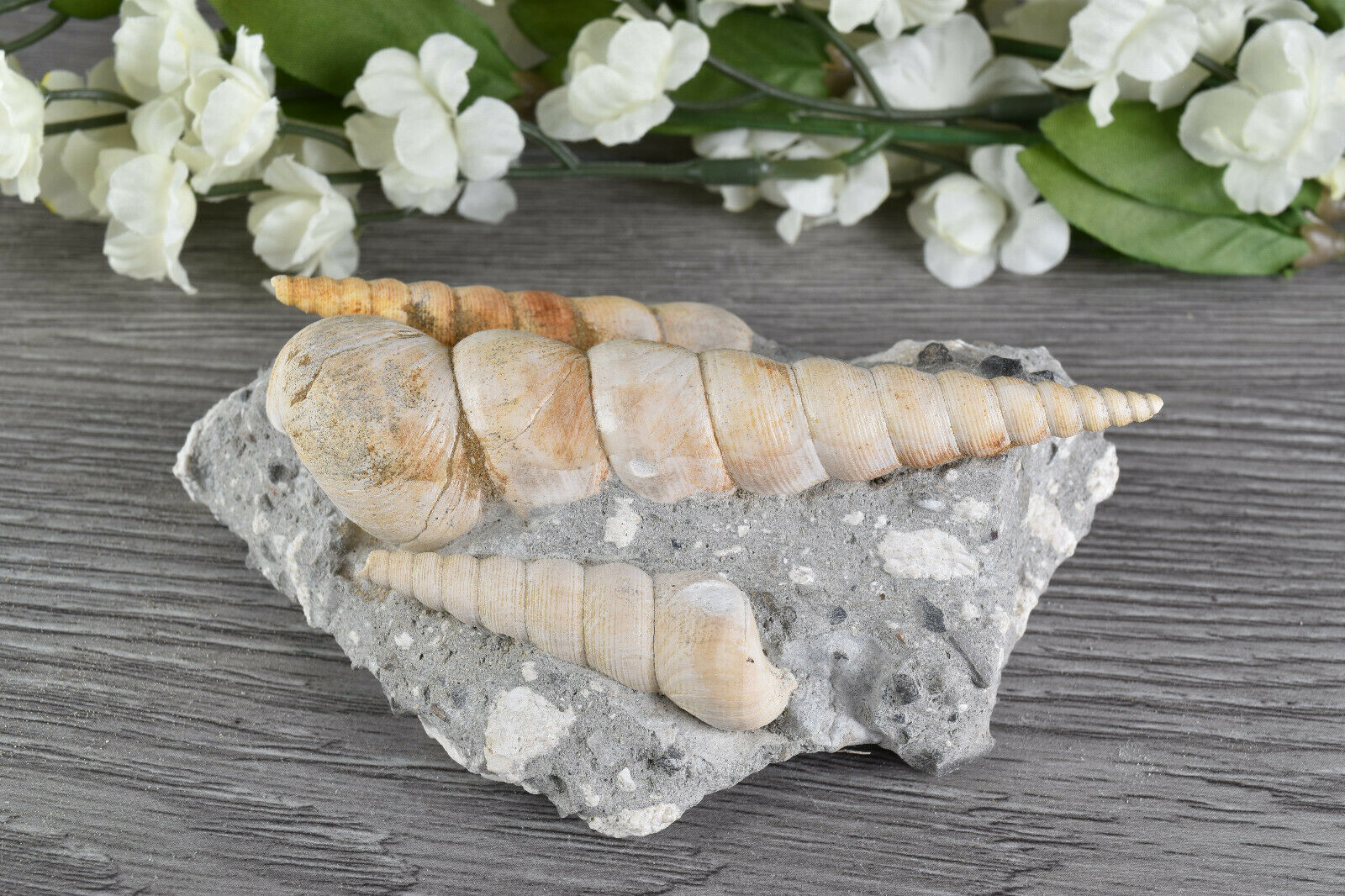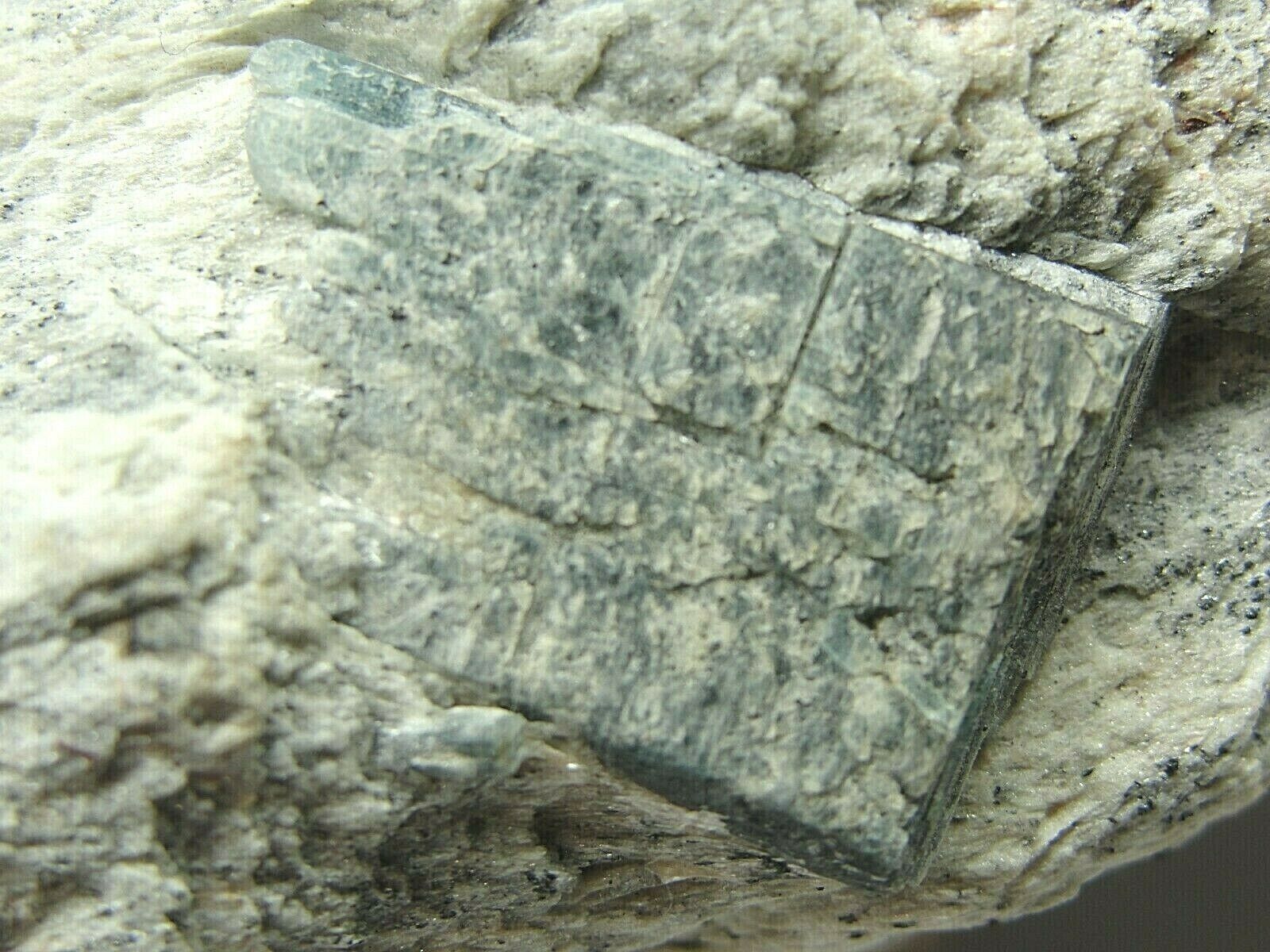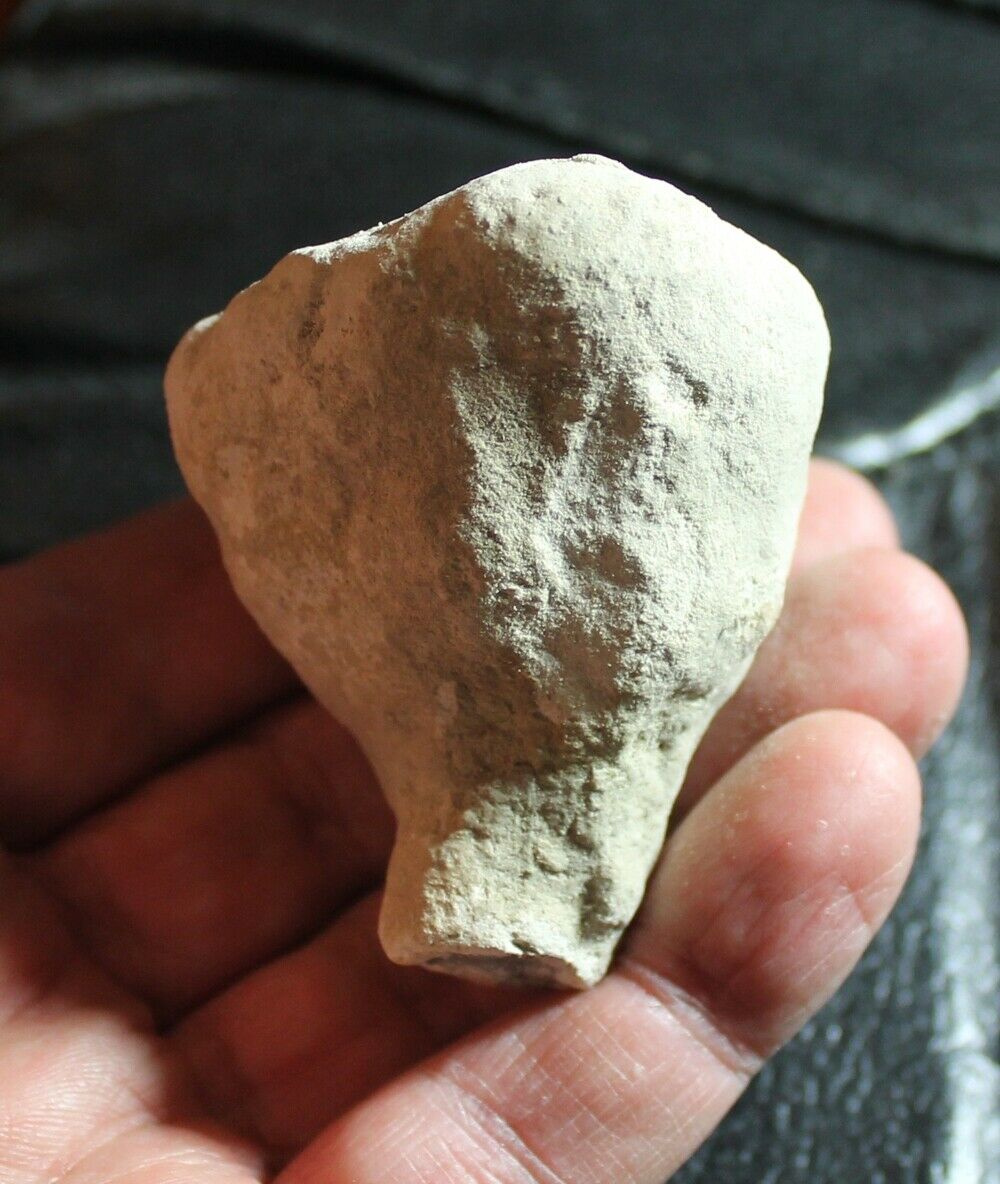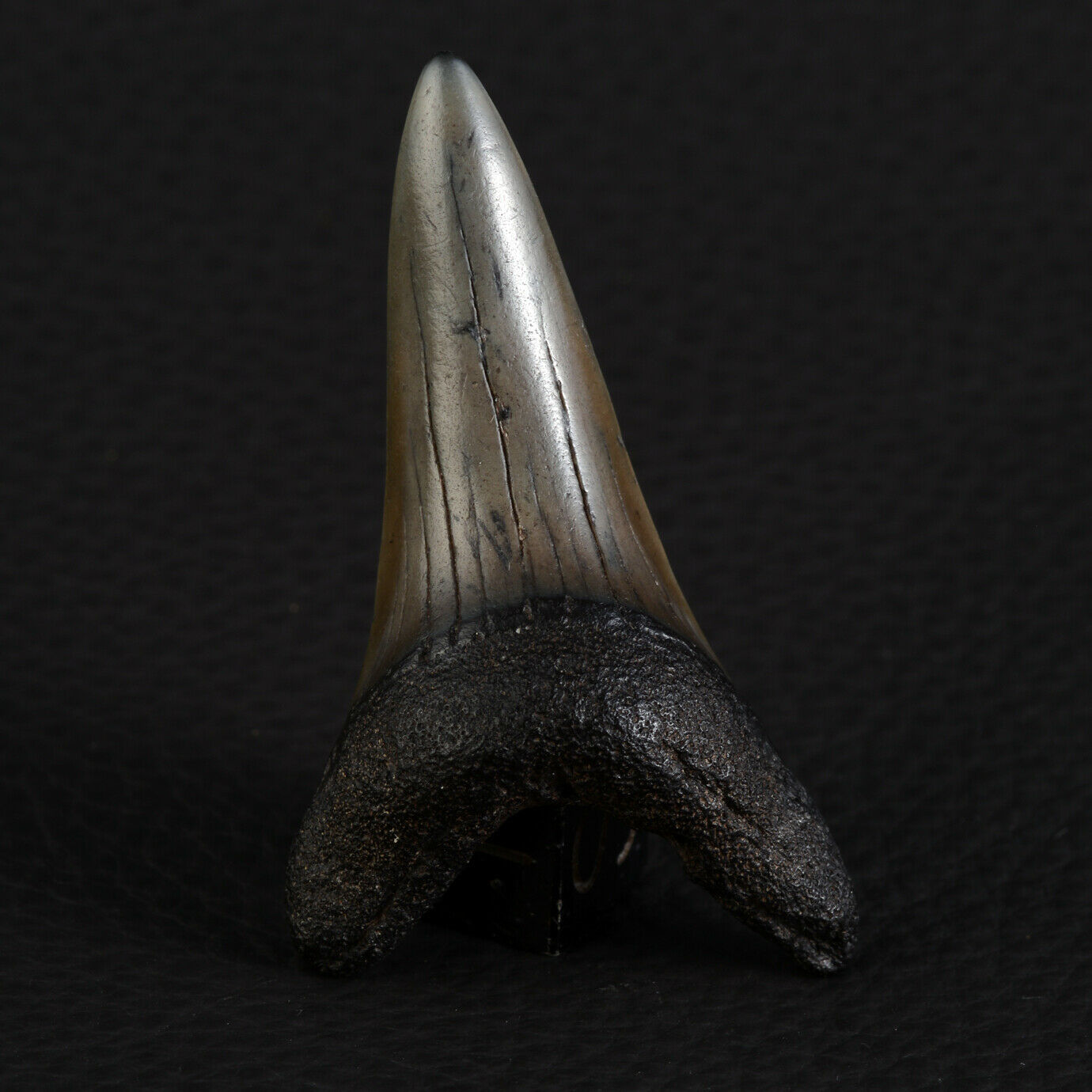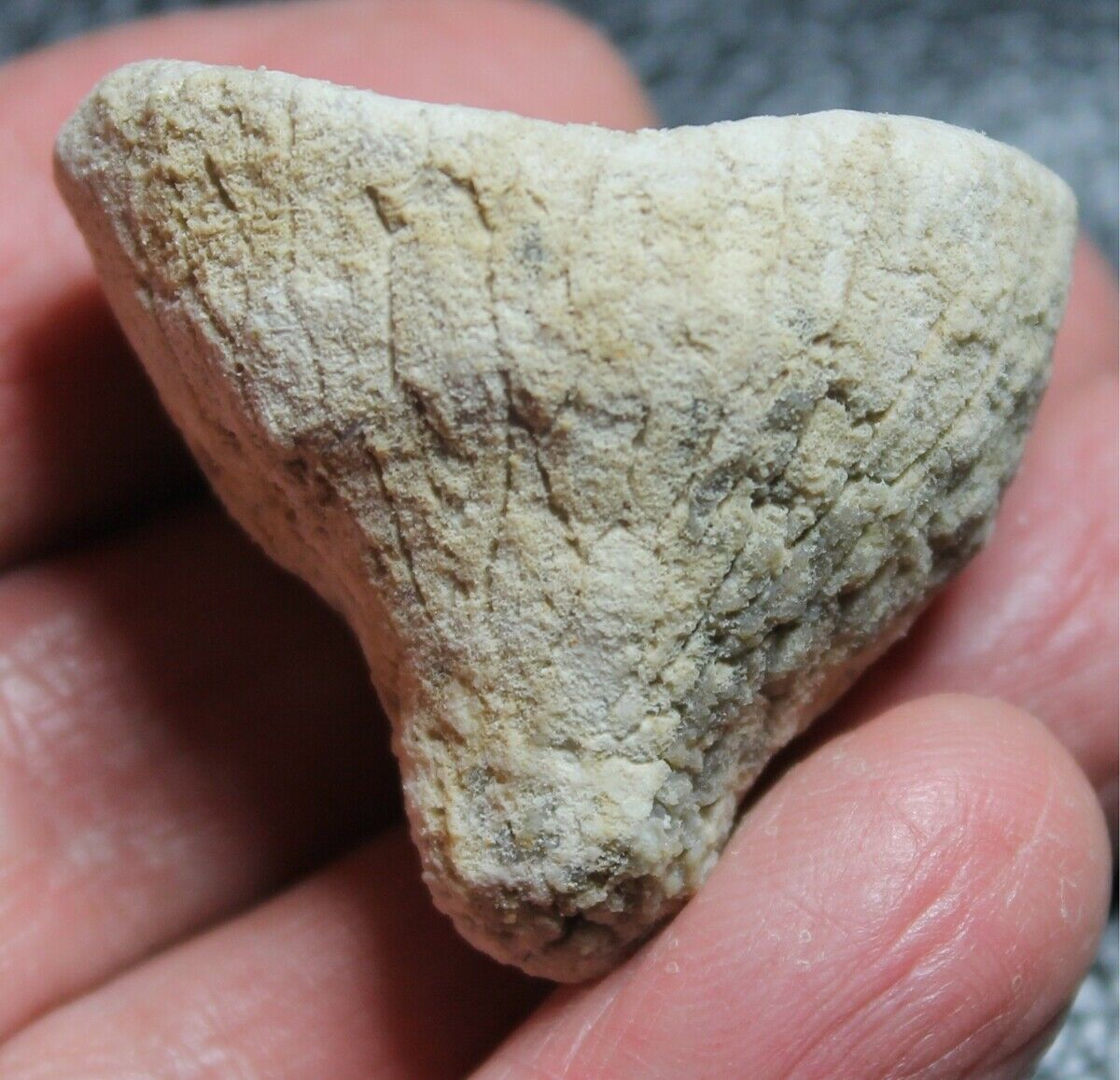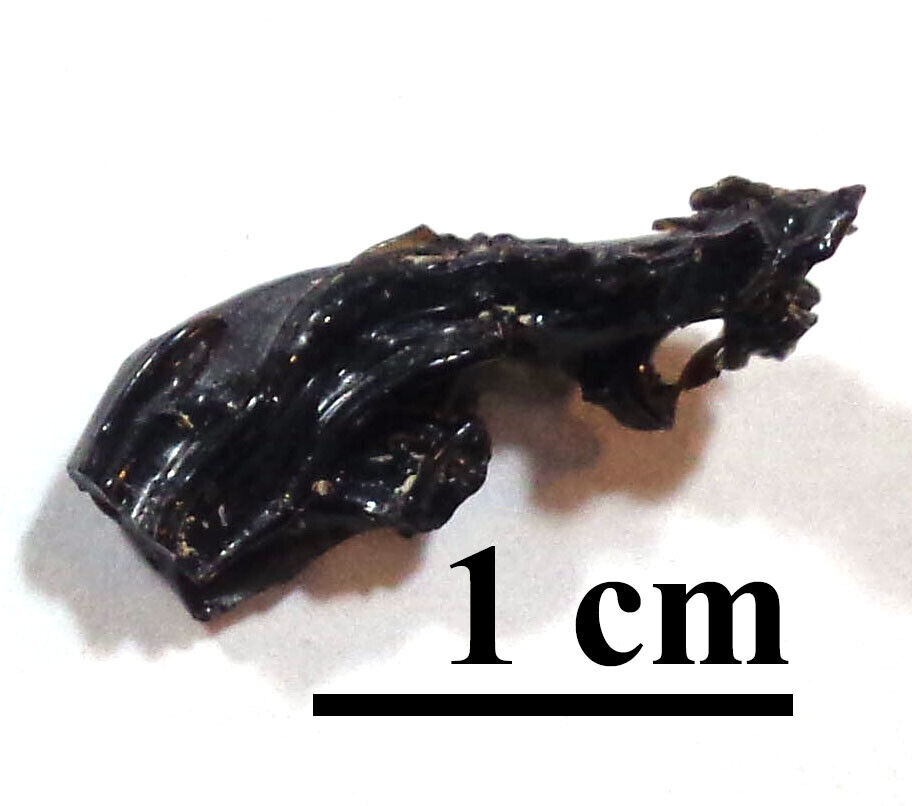-40%
Lower Cambrian ARCHAEOCYATHA in matrix Poleta Fm. near Stewart's Mill, Nevada
$ 26.37
- Description
- Size Guide
Description
This Archaeocyathid fossil contains members of the very early life form Archaeocyatha Group of fossils. It comes out of the lower member of the Poleta Formation (Lower Cambrian Nevadella Faunal Zone) at Stewart's Mill between Lida and Gold Point in Esmeralda County, Nevada. These were cup-shaped filter feeders and there seems to be a general concensus among many paleontologists that they were similar to sponges and thus describe them as an extinct class of the Porifera phylum. These very early fossils were cup shaped with a hollow center cone that took in the seawater to filter through the creature's walls - a similarity to sponge anatomy. Archeocyathids together with the thrombolitic microbialite clotting algaeRenalcis
were the primary reef builders (by build up of calcium carbonate) during Early Cambrian time and this fossil is an outstanding example of that reef material. We have taken several close up photomicrographs of this specimen that show many different individuals on the specimen face that were the most obvious to us.. Some of those darker splotches seen in both macro and micro photos are the clots of the
Renalcis
fossil algae. This specimen measures 5.5" x 4" x 2.25" on the three longest chords. The largest Archaeocyathid measures approximately 1/2" x 3/8" (11mm x 8mm). Given the size of these individual Archaeocyathids, this specimen, like many early Cambrian life form fossils, is best enjoyed with a microscope or loupe for enlargement. Note that the tiny white spots on a couple of the Archeocyathids are actually mineral deposits (likely calcite although there are quartz veins transiting the specimen as well) - they are not dings.
We note that the Stewart's Mill locality is an important Early Cambrian site and we are assured that the specimens we acquired were already naturally eroded out of the strata and were collected exclusively from the talus slopes below the outcrops rather than by direct removal from the strata. We support the idea that it is important that the in-place materials will be available for future generations of paleontologists.
Note to our international collector friends: This specimen will weigh nearly four pounds when packed for shipping so it will be costly to ship internationally. Please use eBay's rate calculator to determine postage to your country before bidding. Thanks.
We specialize in petrified wood and plant fossils which are accurately identified as to locality of origin and family, genus or species. We don’t guess and when we don’t know, we say so! Your specimen will come with a label identifying the common name of the plant, the Latin name of the genus or species, the locality where it was collected, the formation and age of the material and any other pertinent information we have gleaned from our literature search.
Buyer to pay shipping charge of .50 for delivery to addresses in the United States. We are happy to ship internationally - please use the eBay shipping calculator to determine the cost to your area. eBay is now charging state sales tax for many states and sending it directly to those states (and the list of states seems to be growing). Your state may be one of them so your eBay computer generated invoice may also include state sales tax at a rate based upon your address.
.
Powered by
eBay Turbo Lister
The free listing tool. List your items fast and easy and manage your active items.







